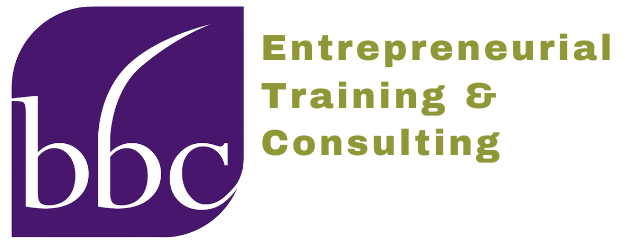The new, required NSF Project Pitch allows startups and small businesses to get quick feedback at the start of
their application for Phase I funding. Startups or entrepreneurs who submit a three-page Project Pitch* will
know within three weeks if they meet the program’s objectives to support innovative technologies that
show promise of commercial and/or societal impact and involve a level of technical risk. They will also get
additional guidance and feedback from NSF staff.
If your Project Pitch is a good fit for the program, you will receive an official invitation from NSF to submit a
full proposal. If you’re not invited to submit, you’ll be told why your project is not appropriate for the
program.
Keep in mind how NSF looks at Technical Problems. To NSF, there are two types of technical challenges:
science problems and engineering problems.
- A ”science problem” is one that involves establishing a new scientific principle, model, technique,
method, or some other innovation that pushes forward the state of the art for the relevant area. - An engineering problem uses existing techniques, models, methods, and principals to solve a
problem.
Both are real problems, both can be very challenging that require resources (people, time, money, etc.),
but they are different kinds of challenges. NSF likes to fund proposals that include a “science problem”
during Phase I (to establish feasibility of the innovation), then funds the engineering problems of product
development in Phase II. They generally will not be interested in funding a proposal that has only an
“engineering problem” in Phase I.
With this in mind, along with your company information, you’ll have to outline four key elements in your
Project Pitch:
- The Technology Innovation (Up to 500 words) Describe the technical innovation that would be the focus of a Phase I project, including a brief discussion of the origins of the innovation as well as explanation as to why it meets the program’s mandate to focus on supporting research and development (R&D) of unproven, high-impact innovations (REVOLUTIONARY vs. EVOLUTIONARY).
- Describe the innovation and the envisioned product
- What “science problem” related to the innovation still needs to be proven?
- What about the innovation is new, unstudied, unproven, unique, risky or otherwise describes the “science problem?”
- The Technical Objectives and Challenges (Up to 500 words) Describe the R&D or technical work to be done in a Phase I project, including a discussion of how and why the proposed work will help prove that the product or service is technically feasible and/or significantly reduce technical risk. Discuss how, ultimately, this work could contribute to making the new product, service, or process commercially viable and impactful. This section should also convey that the proposed work meets the definition of R&D, rather than straightforward engineering or incremental product development tasks.
- Describe the specific goals you propose that will establish that you have solved the science problem described in part 1. Provide a measurable acceptance criterion for each goal you describe. These goals should not be stated as tasks.
- How will reaching these goals establish feasibility of your proposed innovation?
- Provide key tasks for each goal that show how you will conduct the research necessary to collect quantitative data that can answer the question of whether you reached your goal.
- The Market Opportunity (Up to 250 words) Describe the customer profile and pain point(s) that will be the near-term commercial focus related to this technical project.
- Describe the problem faced by the marketplace. What are the pain points felt by prospective customers? What are the current solutions, and what are the weaknesses of the current solutions?
- Provide a brief profile of target customers
- Describe anticipated market or market segments, including market size and initial target market. Indicate the extent of your customer discovery efforts (i.e., attended I-Corps, conducted xx number of customer interviews, etc.)
- Emphasize the significance of both the market opportunity and the societal impact (i.e., show how it is large enough and important enough to justify NSF’s investment).
- The Company and Team (Up to 250 words) Describe the background and current status of the applicant small business, including key team members who will lead the technical and/or commercial efforts discussed in this Project Pitch.
- What are the origins and long-term goals of the company?
- How many current employees (part & full time)?
- Brief description of the proposed Principal Investigator
- Mention other key staff, including all staff with experience in product development and/or fundraising (even if this experience was with a different company).
- Don’t forget to include your business and commercialization advisers and expertise as part of your team as well.
Visit the online form to submit your Project Pitch or to preview the required fields. More details about the
NSF’s new process and eligibility requirements are on the NSF Apply page.

